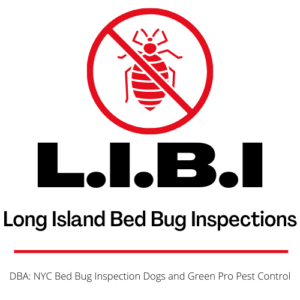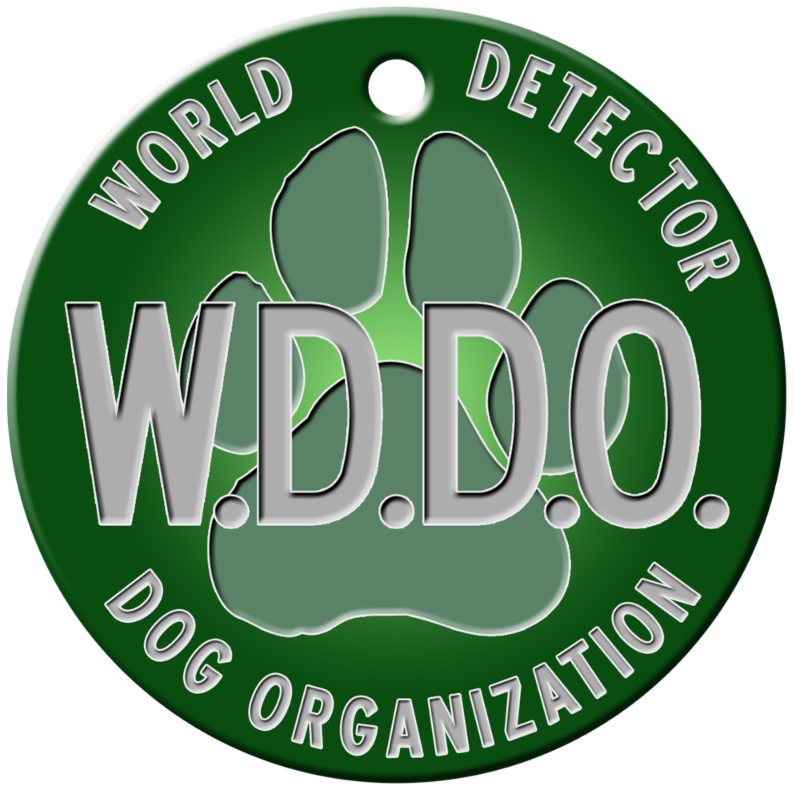Bed bugs are rather insidious creatures. They creep, and they hide, then at night they come out to feast on human blood. If you have ever been the victim, you know just how painful and irritating a bed bug problem can be. But what if you aren’t sure that you have a bed bug problem?
This article will look at some of the more common ways you can identify bed bugs in your home or business, allowing you a better chance at remediation and eliminating the problem before it spreads.
How Bed Bugs Operate
Bed bugs might attach themselves to clothing, or maybe even a suitcase. They cannot jump or fly, but they are actively looking for a safe home near a reliable food source. Unfortunately, this often means staking their claim in a bedroom, a living room, or another area where there are places to hide as well as resting humans to feast on. They are most commonly found in bedrooms.
Being nocturnal, it is often hard to spot bed bugs during the day after they have arrived and set up camp. This is compounded by the fact that at all 5 stages of growth, bed bugs are microscopic. An adult bed bug is about the size of an apple seed and is hard to identify without knowing precisely what you are looking for.
When bed bugs nest, there is evidence of all stages of growth left behind. Though they hide, they cannot cover their tracks and so their waste is often what leads you to discover the problem.
However, it is usually not waste that you will find first – it is the irritating bites left behind wherever they feed.
The Bites
Generally speaking, bed bug bites are the indicator that most people get when there is a bed bug problem. The bites do not carry infection, but they are irritating and itchy, and you can cause infection by scratching them.
It is important to note, that the reactions you see in the images below, are due to the fact that the people bitten reacted to the bites. Some people do not have this allergy, so it is much more difficult to notice the bites when they occur. Some people will not react at all to a bed bug bite, and some will have a very pronounced reaction.
You want to look for patterns of bites, usually grouped together or in a line on exposed skin, like your arms and legs. Other bugs may bite, but the patterns will be different and the locations that they feed will vary.
Note how the bites here are clustered, and caused a raised wheal where the bites occurred.
The second image shows a row of bites and someone who reacts a little more strongly to being bitten. Again, the bites are clustered in a row which is unlike the bites you will find from other insects and pests.
Once you have a few uncomfortable nights, you are sure to start looking for more indications of whether or not there is a bed bug problem to solve. You want to start with the furniture.
The Blood and the Bodies
Bed bugs will leave trails of blood behind themselves, and you may see these small, rust-colored spots on your sheets. They will be crawling back to their home after feeding, and they leave a telltale trail that can alert you to a problem.
But if you look under the sheets, into the crevices and corners of the boxspring and the mattress, you may also see the remnants of a colony who has been active. Unlike the blood trails left behind, the waste left in the nests is more of a dark brown or black color. This is because the bed bugs have digested the blood and are excreting the waste.
There will also be husks and exoskeletons. Bed bugs shed their outer shell at every stage of their growth. These are a tell-tale sign that a bed bug colony is breeding and growing. You may find evidence like these shells and exoskeletons anywhere the bed bugs have been.
Other Indicators
Beyond the plainly visual and the biting, there are other ways you might detect a bed bug problem. One method is the smell – bed bugs will issue a musty odor when they are nesting, and this might be a clue to you that you need to have it checked out.
Inspect your clothing, as this is the mode of travel bed bugs prefer. They attach themselves to clothes and find new hosts to feed on – it is probably how you got them in the first place.
You want to be alert for reddish-brown spots, which show that a well-fed bed bug was making its way back to its nest. Check around your headboards, and on any upholstered furniture. Look for tiny steaks in your sheets around the corners, and on the mattresses and headboard of your bed.
What To Do About Bed Bugs
If you are concerned about the possibility of bed bugs, you want to act sooner than later – infestations will spread and grow over time. Your smartest bet is to contact a bed bug detection specialist, who will be able to definitively tell you if you have any live bed bugs on your premises.
In some cases, the detection experts will only detect, and in other cases, you can find solutions for remediation with the professionals you select. While a bed bug issue will be a trying and anxious time for sure, it is good to know that you can identify and even solve the problem, and always know what to look for in the future.
Published by Scott Palatnik
If you believe you’ve brought bed bugs into your home or office, give us a call, we can help!
Now with 2 locations. On Long Island @ 516-619-6149, or in NYC @ 212-299-9186
We are Long Island Bedbug Inspections.
Your Bedbug Inspection, and Elimination solution.


